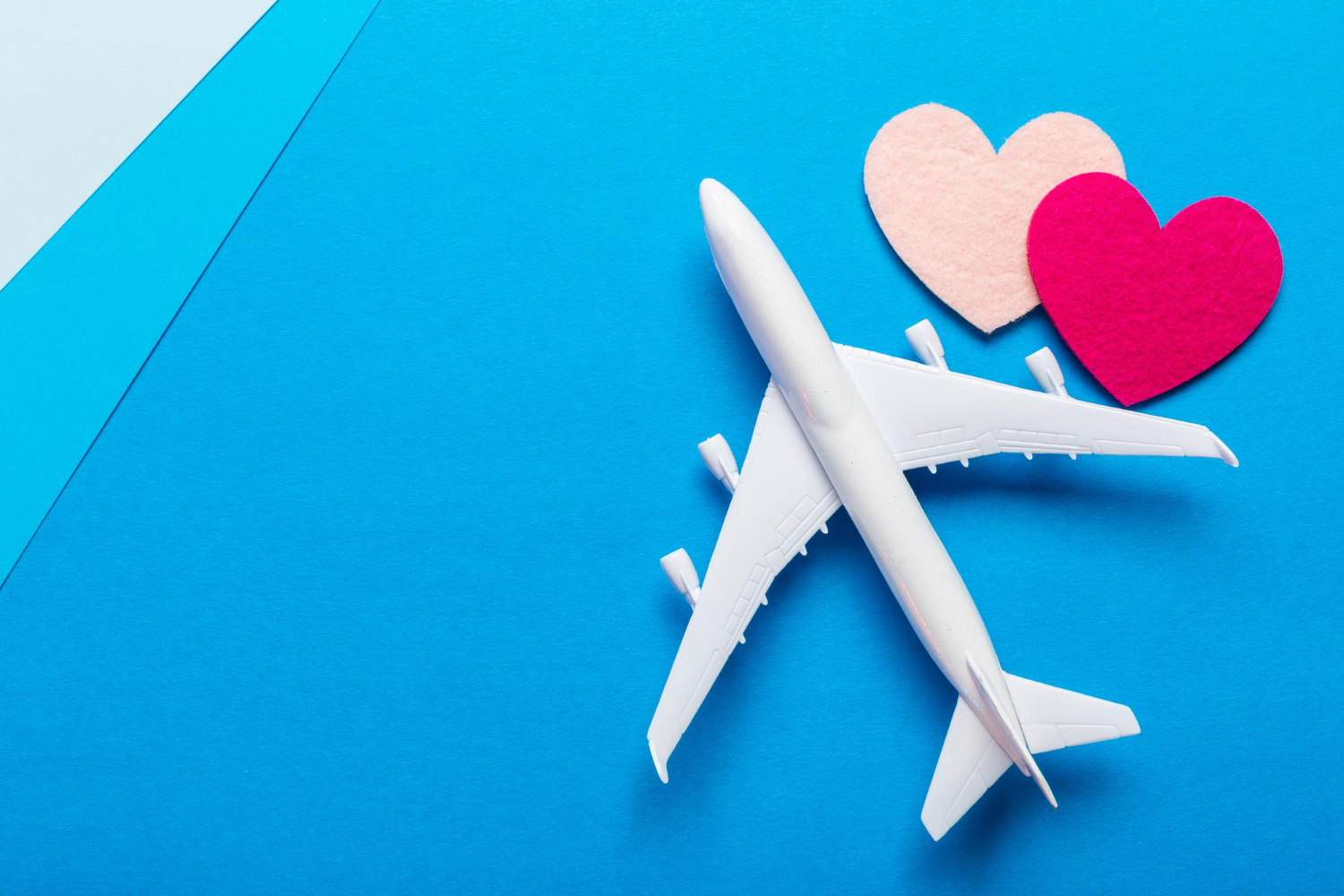
We don’t make a big fuss about Valentine’s Day other than to go out to dinner. We stopped giving one another cards and gifts like we did in our old lives. I’d usually decorate a cake in my heart-shaped baking pan, befitting the occasion. We’d either go out to dinner at a special place, or if time allowed, I’d make a special dinner.
Tom was often working on the railroad in those days, and we may have had to celebrate on a different day when we knew he’d be home. Celebrating all special occasions was predicated on his work schedule, which often changed by the day. Now, as world-traveling retirees, we can do whatever we’d like, which usually consists of dinner at an incredibly lovely restaurant.
We’re going to the fabulous Italian restaurant in the Village in Lake Las Vegas tonight, a short walk from our condo. We enjoy the candlelight ambiance, white linen tablecloths, black-and-white-dressed Italian servers, a view of the lake, and fantastic food to celebrate this day together. That’s all we need besides the joy of being together on this day and every day.
On another note, our dear friend Lisa, whom I met in the 1980s in Minnesota and with whom I have stayed in close touch over the years, is coming to Marloth Park for an entire month at the end of March. Tom and Lisa have also become good friends, and it will be delightful to share the wonders of the bush with her soon.
A few days ago, I was on the phone with Lisa when she booked her flight from Orlando, Florida, to Nelspruit/Kruger/Mpumalanga (MQP), arriving on April 2, the same day Tom has to return the rental car to the small airport. That way, Lisa could ride with Tom on his return drive and then again for her return flight when she leaves on May 1, and he returns the rental car again.
Lisa and I are like sisters, with endless stories to remember of our friendship over the years. We never run out of conversation and treasure our time together. It will be fun for all of us. Of course, sharing the wonders of the bush with a dear visitor is beyond exciting. Her visit will only enhance the time we will spend in the bush.
We’re also waiting to hear from our dear friends Rich and Karen, who live in Florida and plan to visit sometime during our second stay in Marloth Park from June to September. We should hear from them soon.
As of tomorrow, February 15, it will be two weeks until we depart Nevada to begin the long journey to South Africa. It’s been almost two years since we left in April 2023. When we left, we thought we’d be returning in 13 months and now, after dealing with medical issues, we’re returning in 23 months. I’ve missed it so much.
Happy Valentine’s Day to all of you. We hope you have an opportunity to share your love with those special people in your lives today and always.
Be well.♥
Photo from ten years ago today, February 14, 2015:
|
|


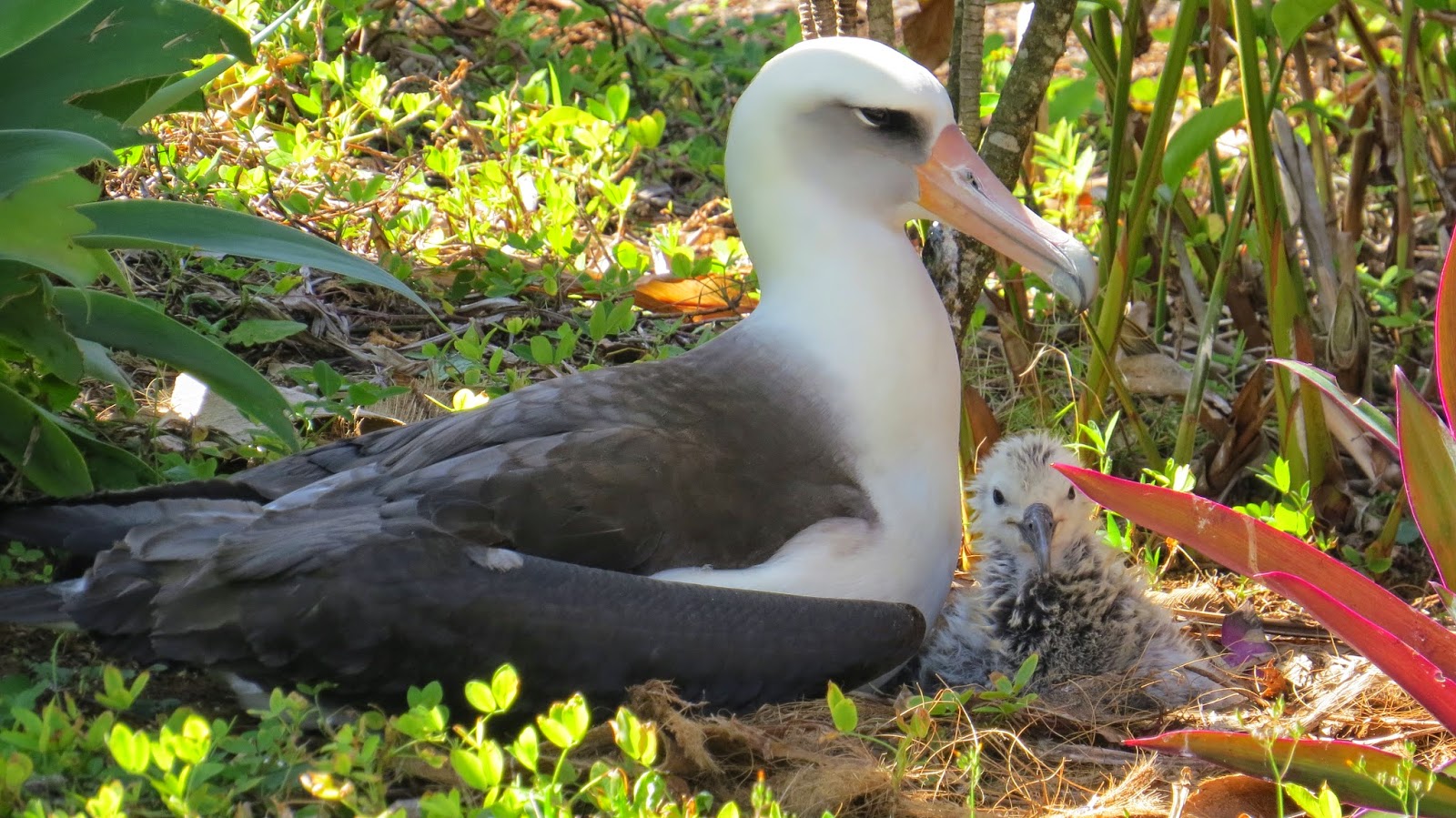
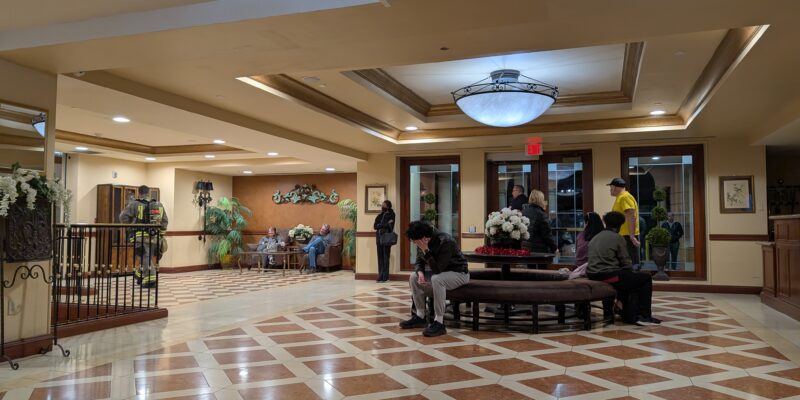




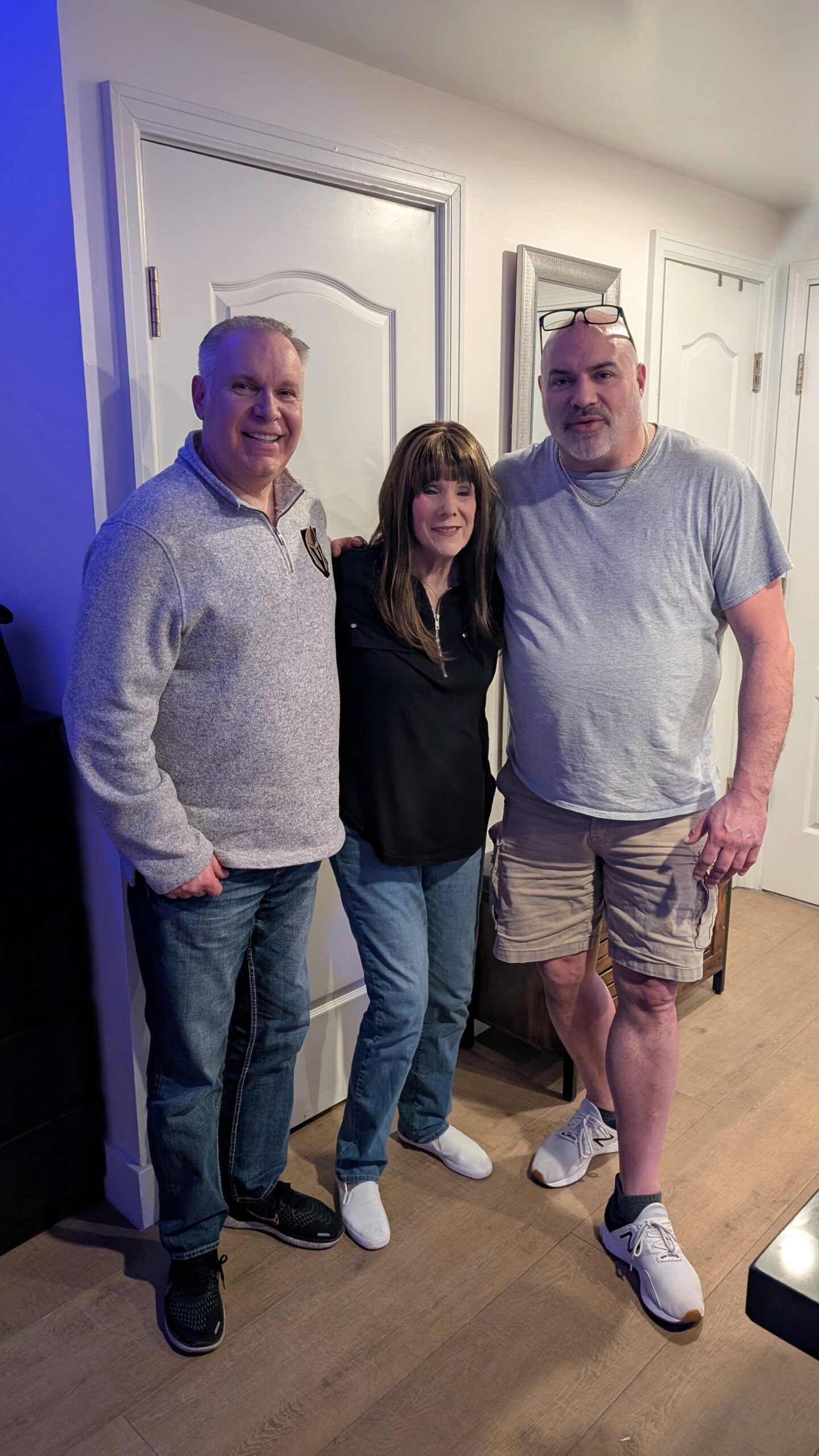








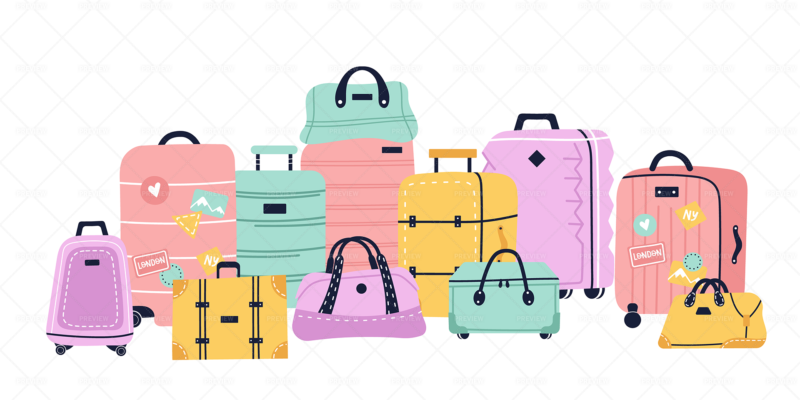
 This morning at Travel and Leisure, I stumbled across a great article about luggage brands, which I decided to share at
This morning at Travel and Leisure, I stumbled across a great article about luggage brands, which I decided to share at 



